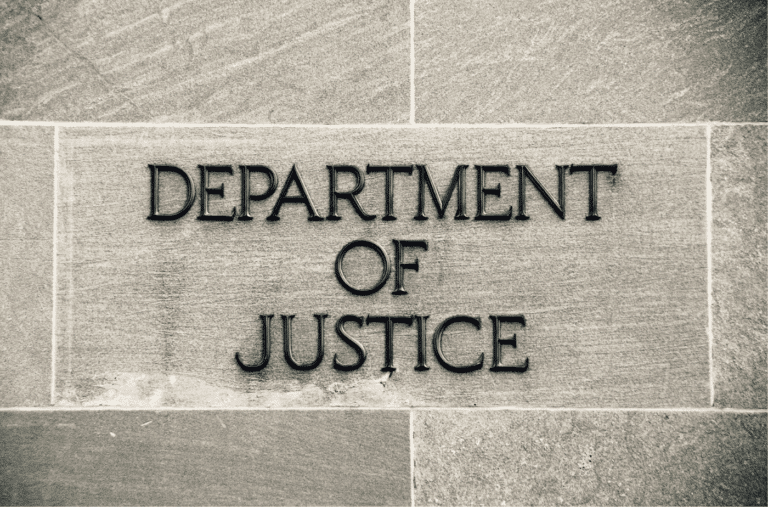By: Joli Shumpert, Product Implementation Specialist
In today’s dynamic criminal justice environment, risk mitigation is more critical than ever. A comprehensive risk mitigation strategy is essential to navigating uncertainties and protecting your facility. Below are four key components you should include in your risk mitigation strategy:
Risk Assessment and Identification
Risk assessment involves systematically identifying potential threats to your facility, evaluating their likelihood, and understanding their potential impact. Tools like SWOT analysis (Strengths, Weaknesses, Opportunities, Threats), PESTLE analysis (Political, Economic, Social, Technological, Legal, Environmental), and risk matrices are invaluable for this process. By thoroughly understanding the risks you face, you can prioritize which ones need immediate attention.
Contingency Planning
Despite your best efforts, some risks will materialize. That’s where contingency planning comes in. A robust contingency plan outlines the steps your facility will take in response to specific risk events. This might include disaster recovery plans, operations continuity plans, and crisis communication strategies. Having these plans in place ensures that your facility can respond swiftly and effectively to minimize damage and recover quickly.
Risk Monitoring and Reporting
Risk management is not a one-time task; it requires continuous monitoring and reporting. Regularly reviewing your risk landscape allows you to detect new risks early and adjust your mitigation strategies accordingly. Implementing a risk management software solution can help track and report risks in real-time, providing valuable insights to decision-makers. Consistent monitoring also ensures that your risk mitigation strategies remain effective.
Employee Training and Awareness
Your employees are your first line of defense against risks. Regular staff training and awareness programs are crucial to ensure they understand the risks your facility faces and how they can contribute to mitigating them. This includes training on cybersecurity, health and safety protocols, and facility safety. When employees are knowledgeable about risks and their roles in managing them, your facility is better equipped to prevent incidents and respond effectively when they occur.
Building a robust risk mitigation strategy is essential for safeguarding your facility against uncertainties. By focusing on risk assessment, contingency planning, monitoring, and employee training, you can create a comprehensive risk management strategy that not only protects your facility but also positions it for long-term success. Software solutions can help create the foundation for preventing risks and augmenting your risk mitigation strategy. If you have questions about how software can help contribute to a safer, more streamlined facility, please contact us.





